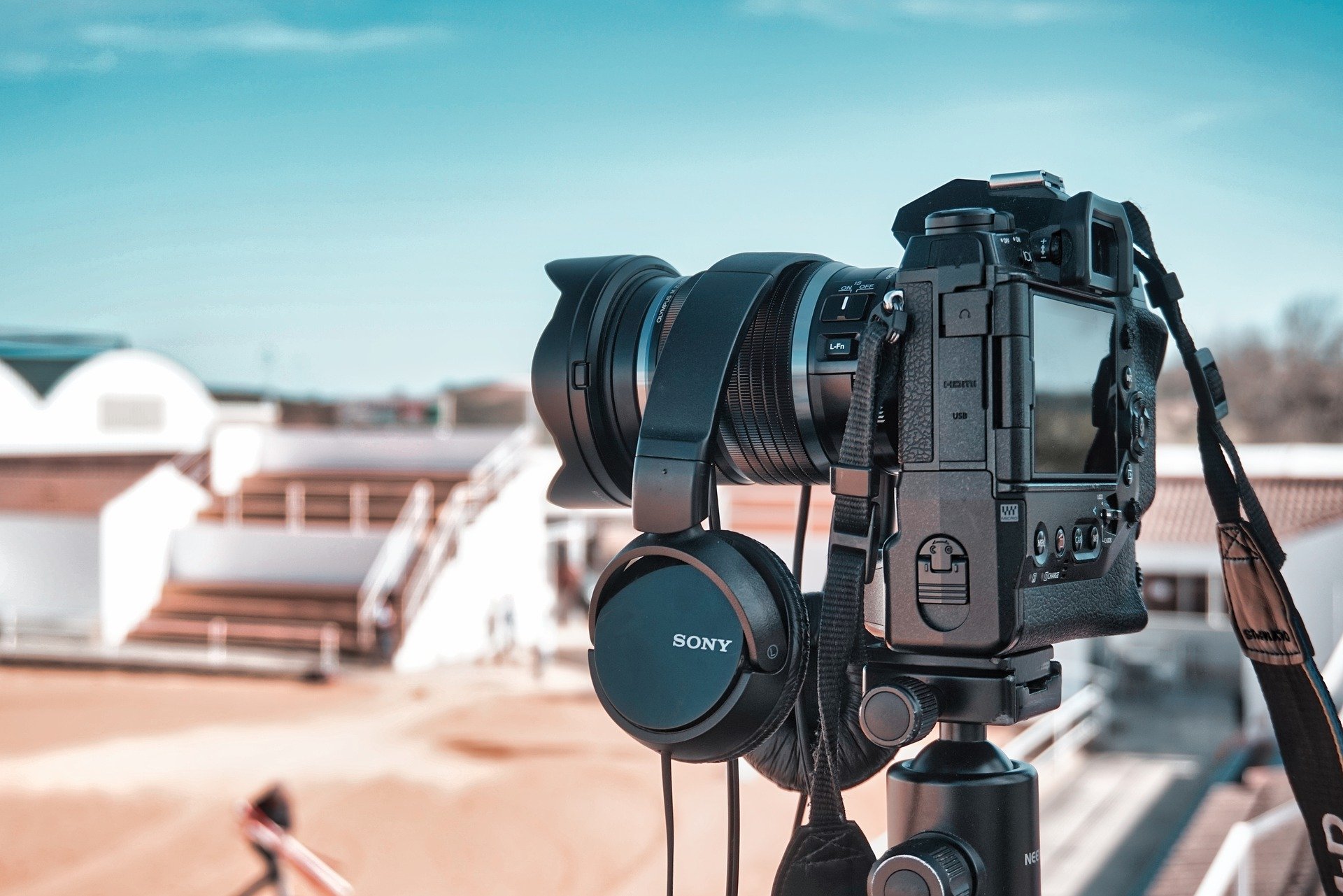Fusion of Technology and Art: A New Dawn in the Entertainment Industry
Introduction: The arts and entertainment industry has always been a fertile ground for innovation. Now, it's experiencing a seismic shift, thanks to the advent of groundbreaking technology. Let's take a deep dive into this intriguing development and explore its implications.

The Emergence of Tech-Infused Art
The world of art and entertainment has always been dynamic, constantly evolving and adapting to new trends and societal changes. For decades, traditional forms of art have held sway, with paintings, sculptures, music, film, and theater captivating audiences worldwide. However, with the advent of the digital age, a new trend has emerged: the fusion of technology and art.
This is not a sudden development. The roots can be traced back to the mid-20th century when artists began to experiment with new mediums brought about by technological advancements. The 1960s saw the emergence of video art, while the 1980s and 1990s gave rise to digital art and internet art respectively.
The Current Scenario: Art in the Digital Era
Fast forward to the present, and technology-infused art has become a significant part of the contemporary art scene. Digital art, virtual reality (VR) experiences, augmented reality (AR) installations, and AI-generated artworks are just a few examples. Today, technology is being creatively utilized to push the boundaries of artistic expression, creating immersive and interactive experiences that were previously unimaginable.
Furthermore, technology has disrupted the way we consume art and entertainment. Streaming platforms, social media, and online galleries have made art more accessible than ever before, democratizing its consumption and allowing for a wider reach.
The Impact and Significance of Tech-Infused Art
The fusion of technology and art has far-reaching implications. For artists, it opens up a world of possibilities for innovative expression. For audiences, it offers unique, immersive experiences that go beyond the traditional viewing of art. It allows the audience to interact with the artwork, to be part of the creation process, and to experience art in a whole new way.
This trend also reflects our increasingly digitized society and the growing importance of technology in our lives. It challenges our perception of what constitutes art and pushes us to reconsider the role of the artist in the digital era.
Reception of Tech-Infused Art
As with any significant shift, the fusion of technology and art has had its share of supporters and detractors. Some traditionalists have expressed concern that technology might dilute the essence of art or overshadow the artist’s skill. Others have welcomed it as an exciting new frontier of creative expression.
However, one thing is clear: this trend is not a passing fad. Tech-infused art is here to stay, and it’s reshaping the arts and entertainment industry in profound ways. It’s not just about using technology as a tool for creation; it’s about understanding the symbiotic relationship between art and technology and leveraging it to create meaningful, transformative experiences.
The Future of Art and Technology
The fusion of technology and art is a testament to the limitless possibilities of human creativity. As technology continues to evolve, it will undoubtedly lead to more exciting developments in the art world. From virtual reality exhibitions to AI-generated masterpieces, the future of the arts and entertainment industry promises to be thrilling, inspiring, and above all, transformative.
In this rapidly changing landscape, artists, critics, and audiences alike must adapt and embrace this new dawn in the arts and entertainment industry. After all, art, at its core, is a reflection of society, and as our society becomes increasingly digitized, so too will our art.




